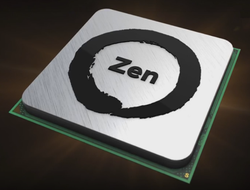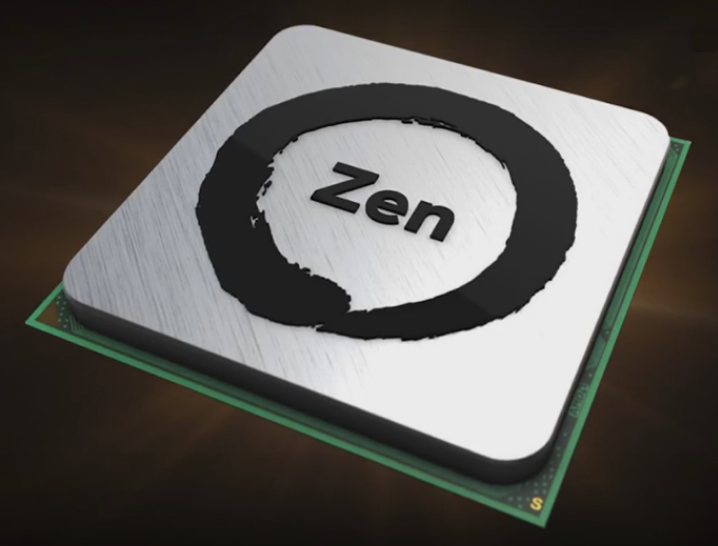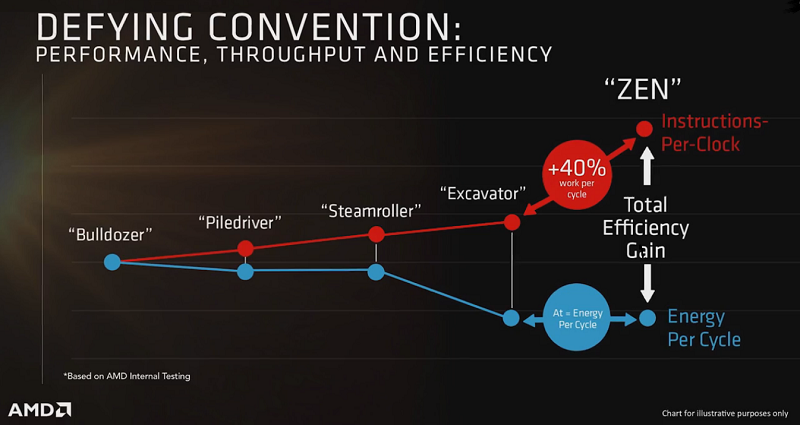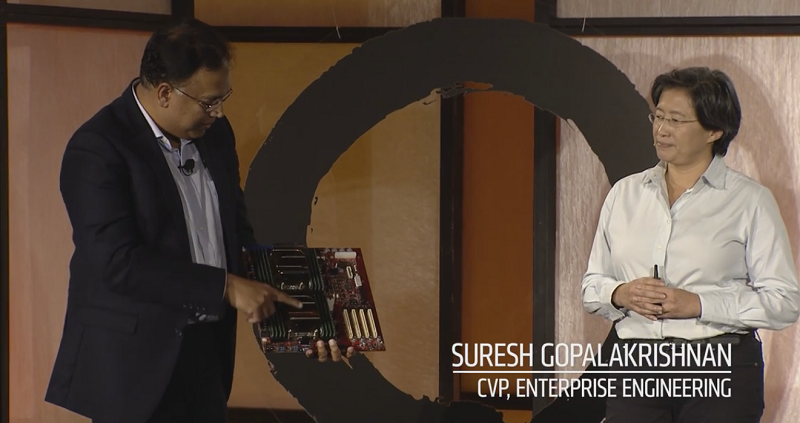
Aug. 18, 2016
By: Michael Feldman
On Wednesday evening, just a stone’s throw away from where Intel was holding its developer forum in San Francisco, AMD was previewing its upcoming Zen CPU to an audience of analysts and reporters. Zen is AMD’s newest x86 microarchitecture, which is in line replace the older Bulldozer design. At the event, the company demonstrated an 8-core version of chip outrunning an Intel Broadwell CPU on Blender, a multi-threaded rendering application.
During the presentation, AMD CEO Lisa Su declared “we are absolutely hitting our performance targets.”

Zen’s better performance is derived from a completely revamped core design and 14nm FinFET technology. That combination enables the new processor to deliver a 40 percent improvement in instructions per clock cycle compared to the previous generation Excavator platform, AMD’s final revision of the Bulldozer architecture. Zen also incorporates better branch prediction, as well as an enhanced cache set-up, consisting of a larger L2 cache and a new 8MB L3 cache.
Also added was simultaneous multithreading (SMT), aka hyper-threading, which AMD has resisted implementing up until now. Although, some performance tradeoffs are involved, it’s basically considered advantageous across a broad range of applications since it provides a mechanism for a single core to manage multiple threads of execution – in this case two – in order to improve overall throughput.

Of course, one Blender benchmark does not a CPU make, and in this case, AMD’s silicon beat Intel’s counterpart by just a smidge. But at least the performance matchup took place on a level playing field. Both of the chips were 8-core, 16 thread CPUs, and were set to the same 3 GHz clock speed. The Zen hardware, in this case, was a “Summit Ridge” desktop chip, while its competition was of the i7-6900K persuasion (Broadwell-E), one of Intel’s newest high-performance CPUs for PCs .
Of more interest to the datacenter crowd and to HPC users, specifically, was the first demonstration of “Naples,” a 32-core Zen server processor. In its initial viewing, the chip was running under the Windows Server OS, but presumably a Linux port is not far behind. A dual-socket server board with two Naples processors was shown to attendees. That would enable 64 cores and 128 threads to inhabit a single box.

For the last several years AMD has been virtually shut out of the server business by Intel, which holds a 90-percent-plus share of the market. Zen’s predecessor, Bulldozer, floundered as a result of disappointing performance compared to its rival’s best and brightest. AMD is pinning its hopes on Zen to re-establish its x86 business, especially in the higher margin server market, by offering a credible challenge to Intel’s Xeon portfolio.
Originally scheduled for release in mid-2016, it looks like the first Zen desktop processors could show up later in the 2016, followed by the server versions 2017. Apparently a Zen+ enhancement to the architecture is already in the works, but best not to get too far ahead of ourselves. Let’s see if the first iteration is as good as Lisa Su and company would have us believe and is able to slow down the Intel juggernaut.
